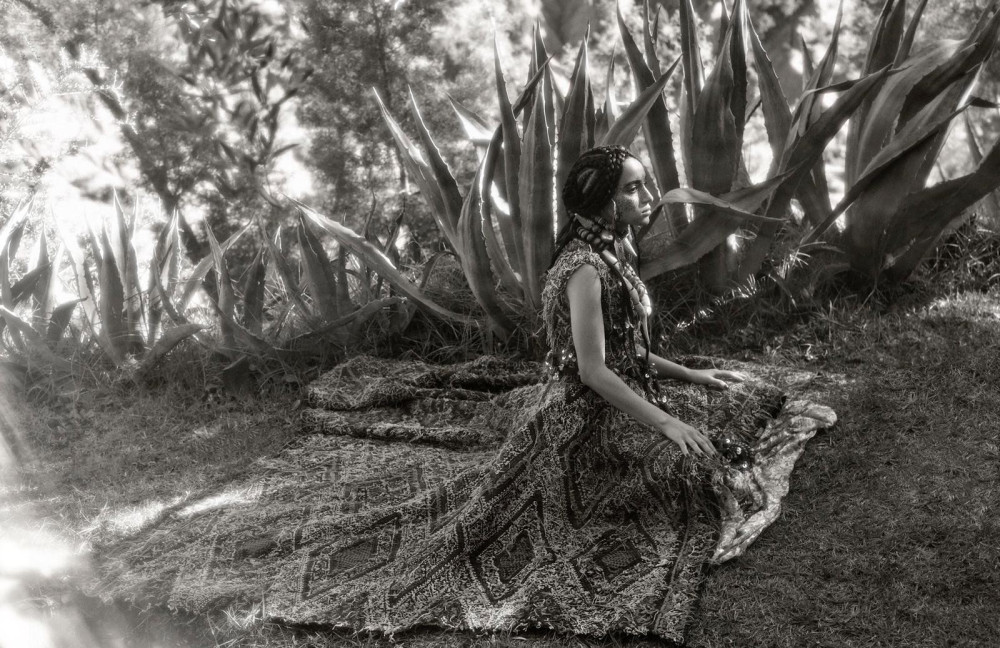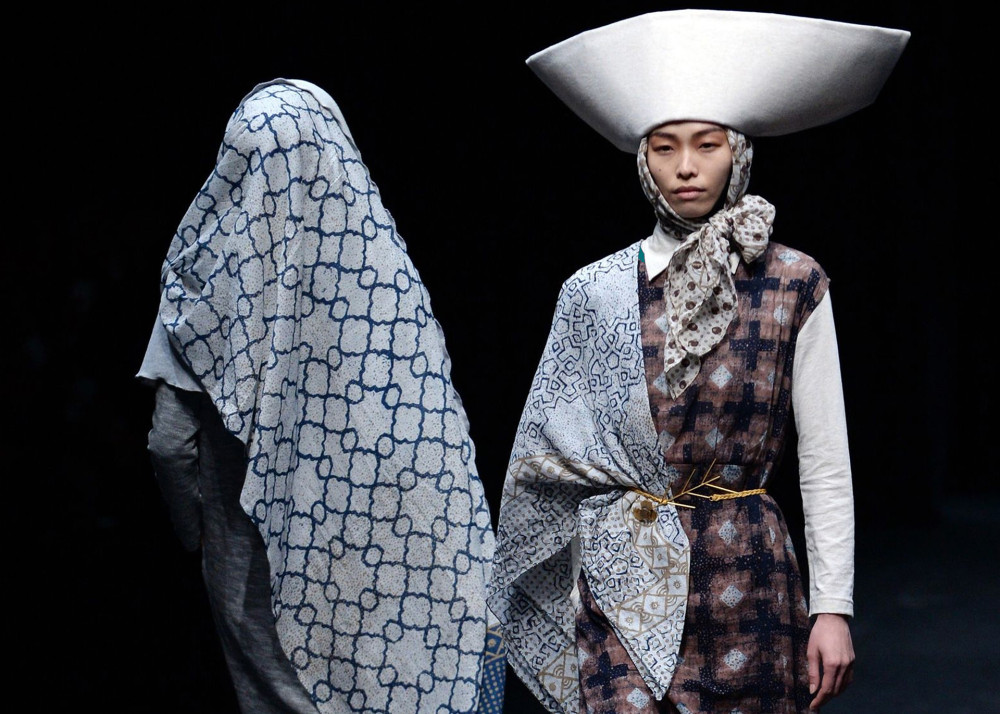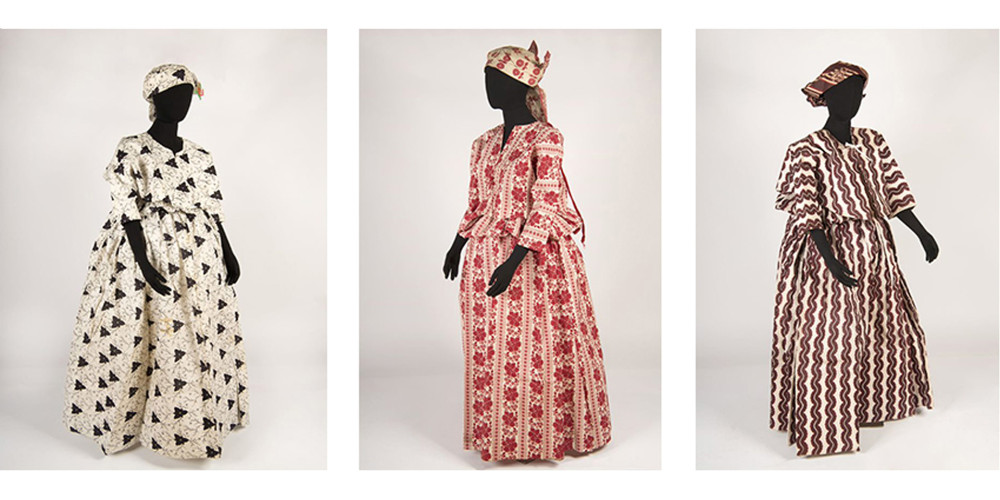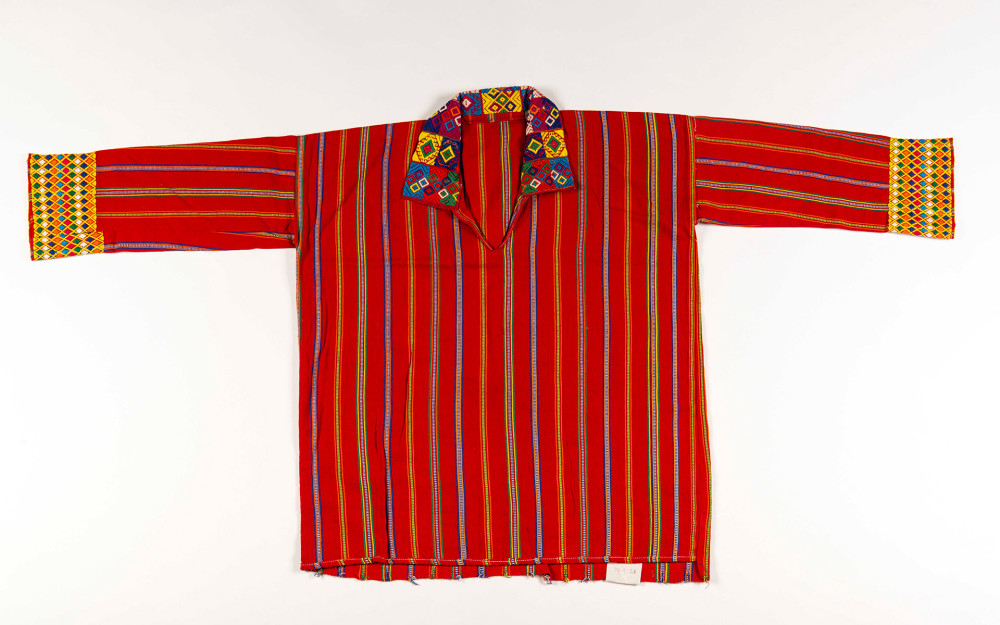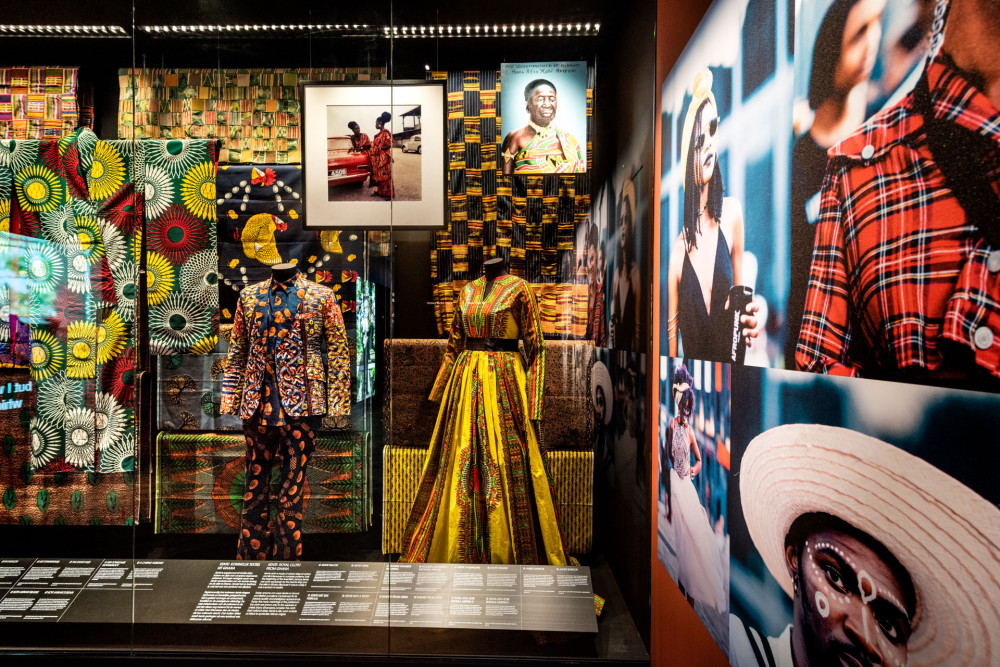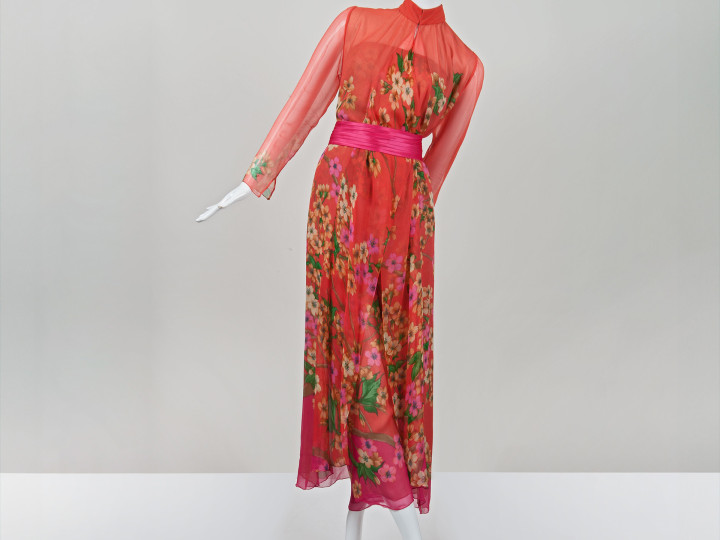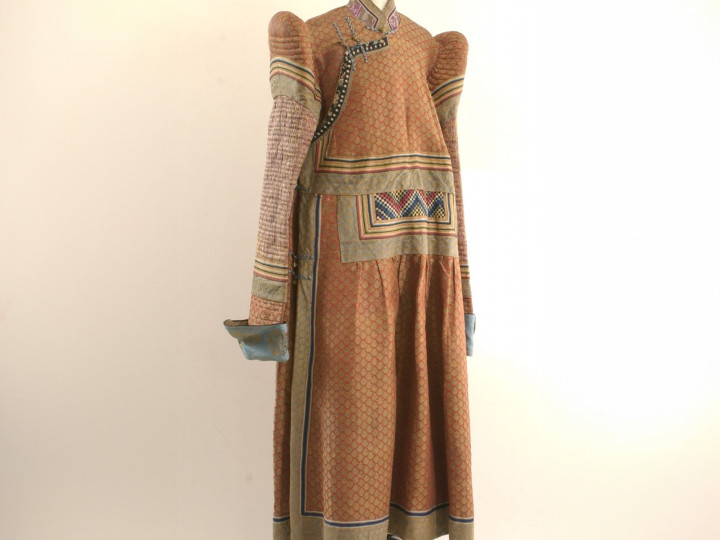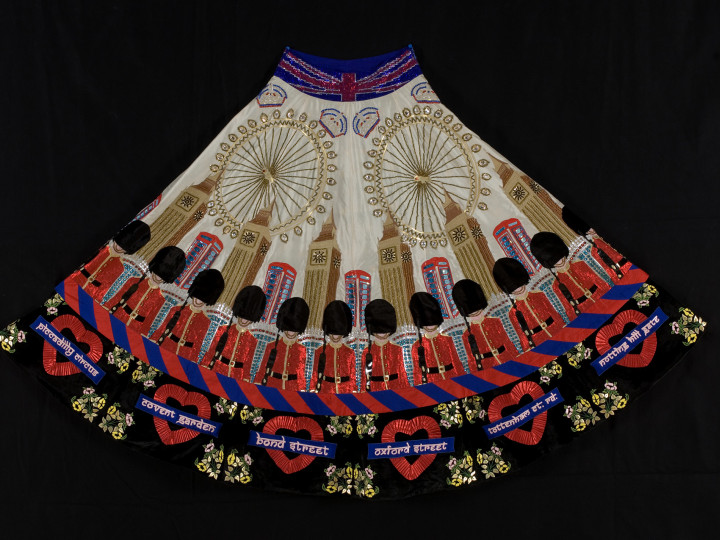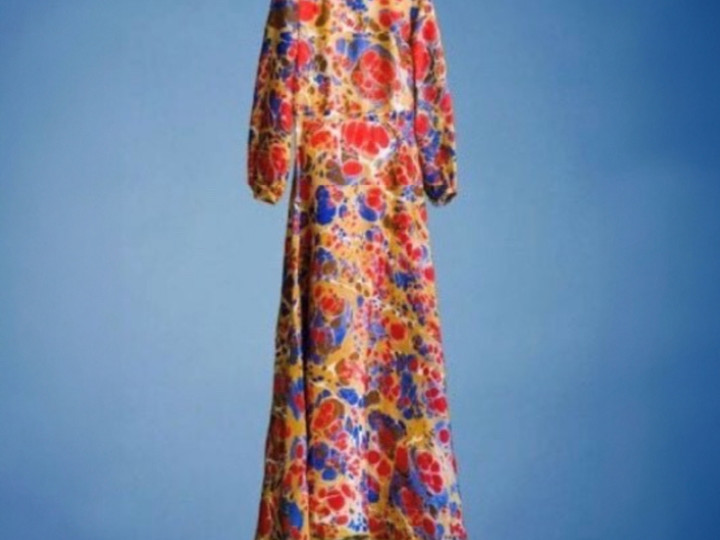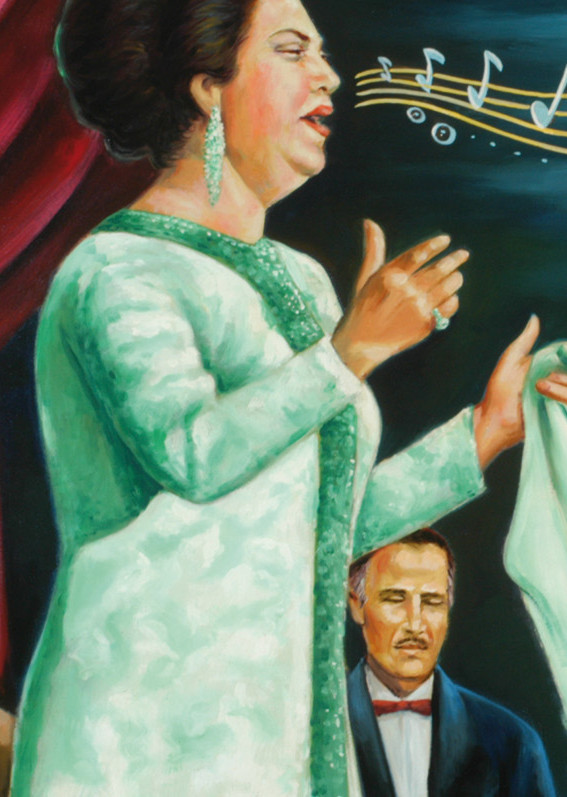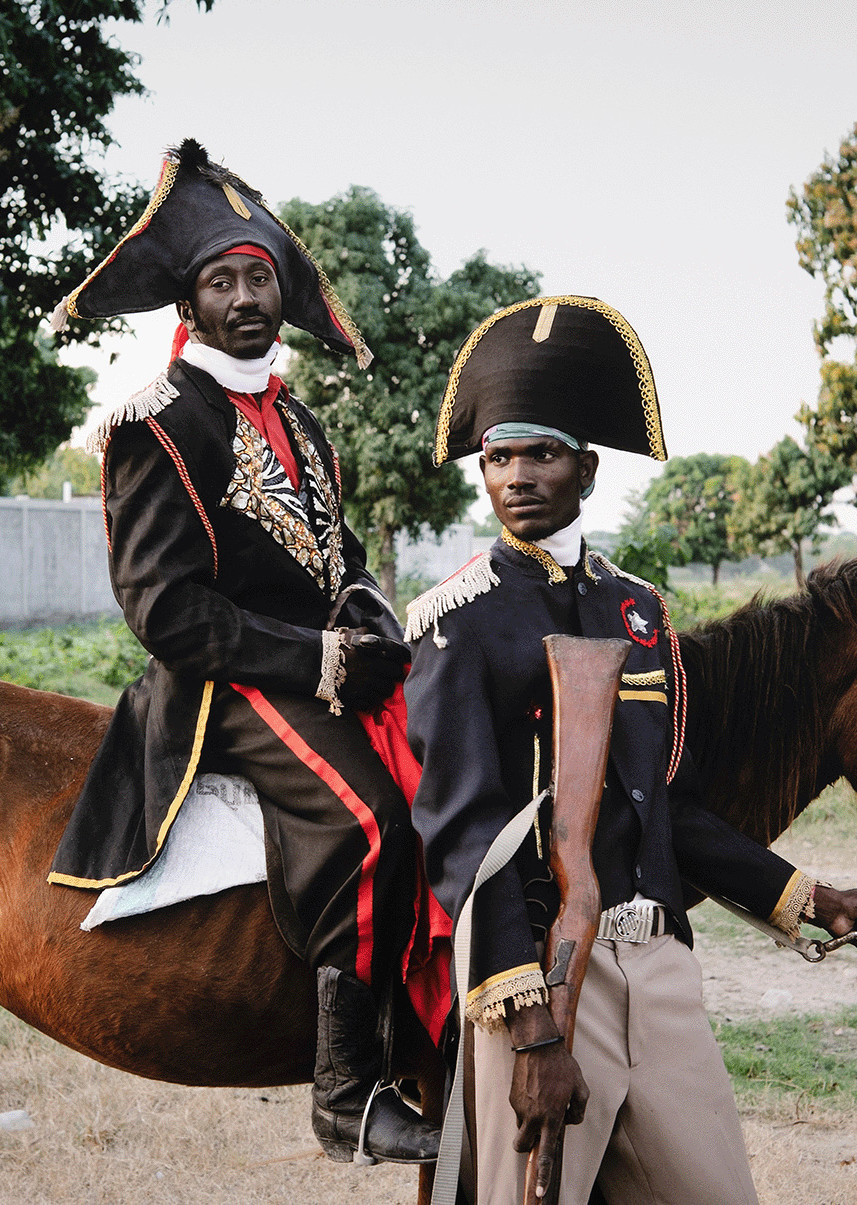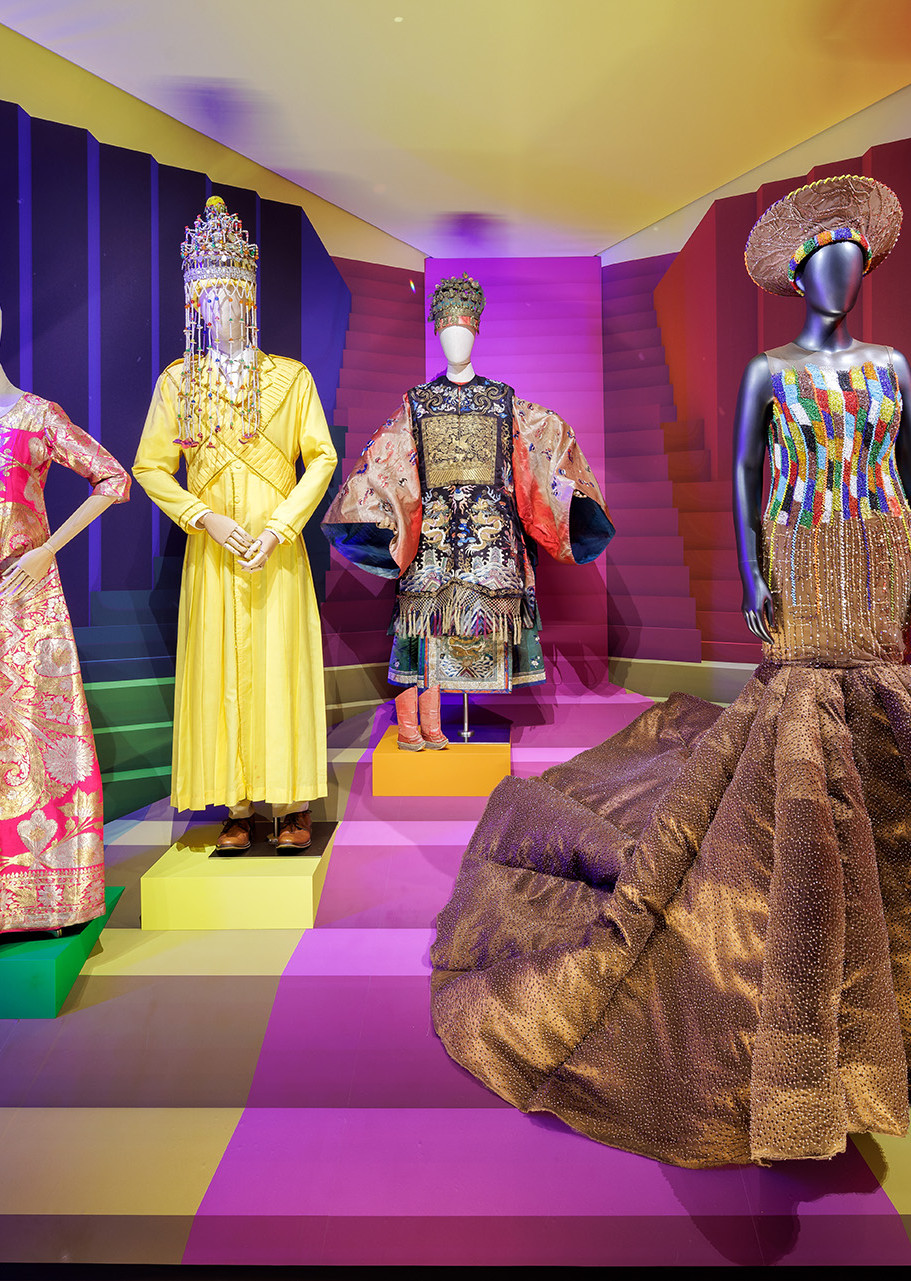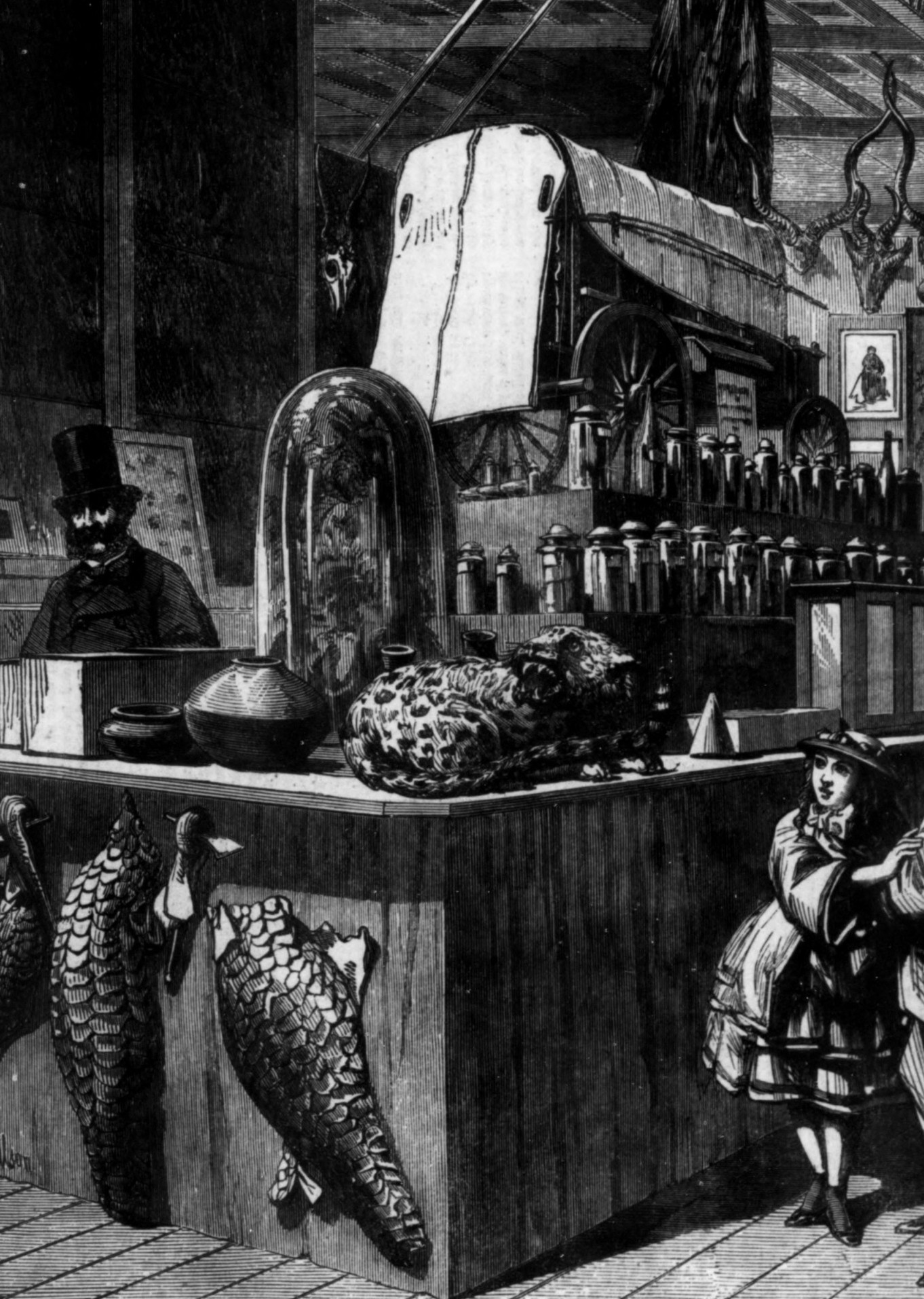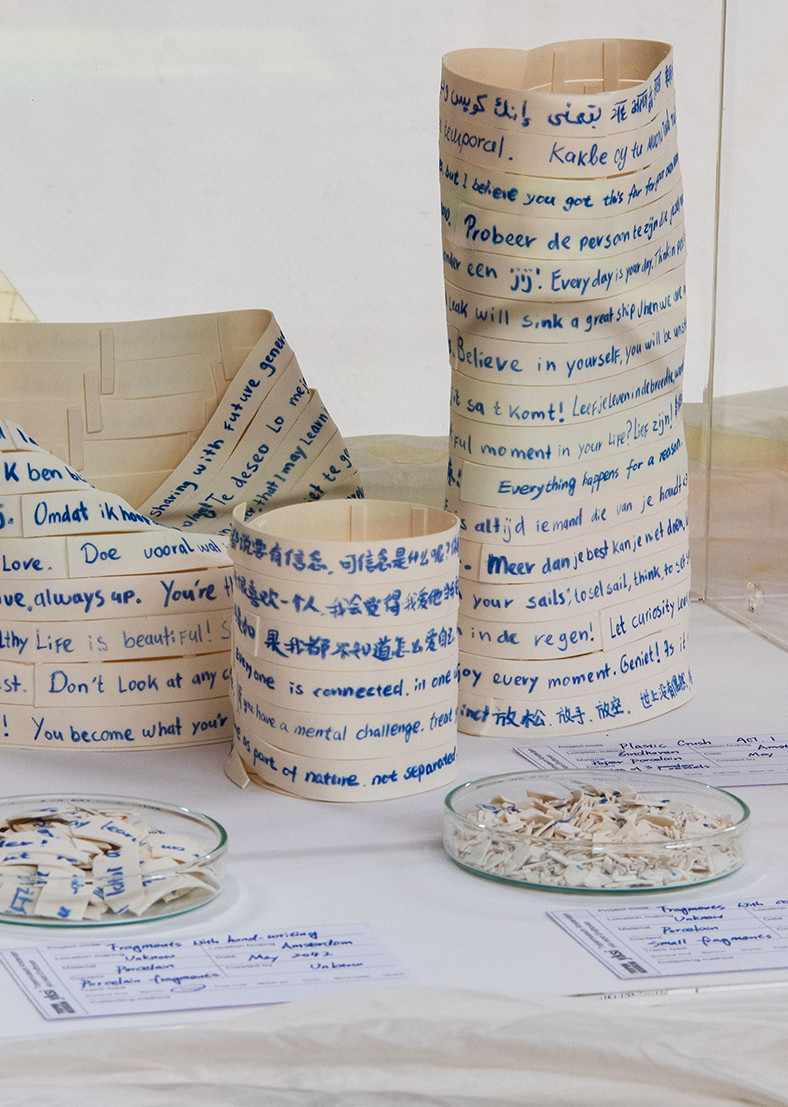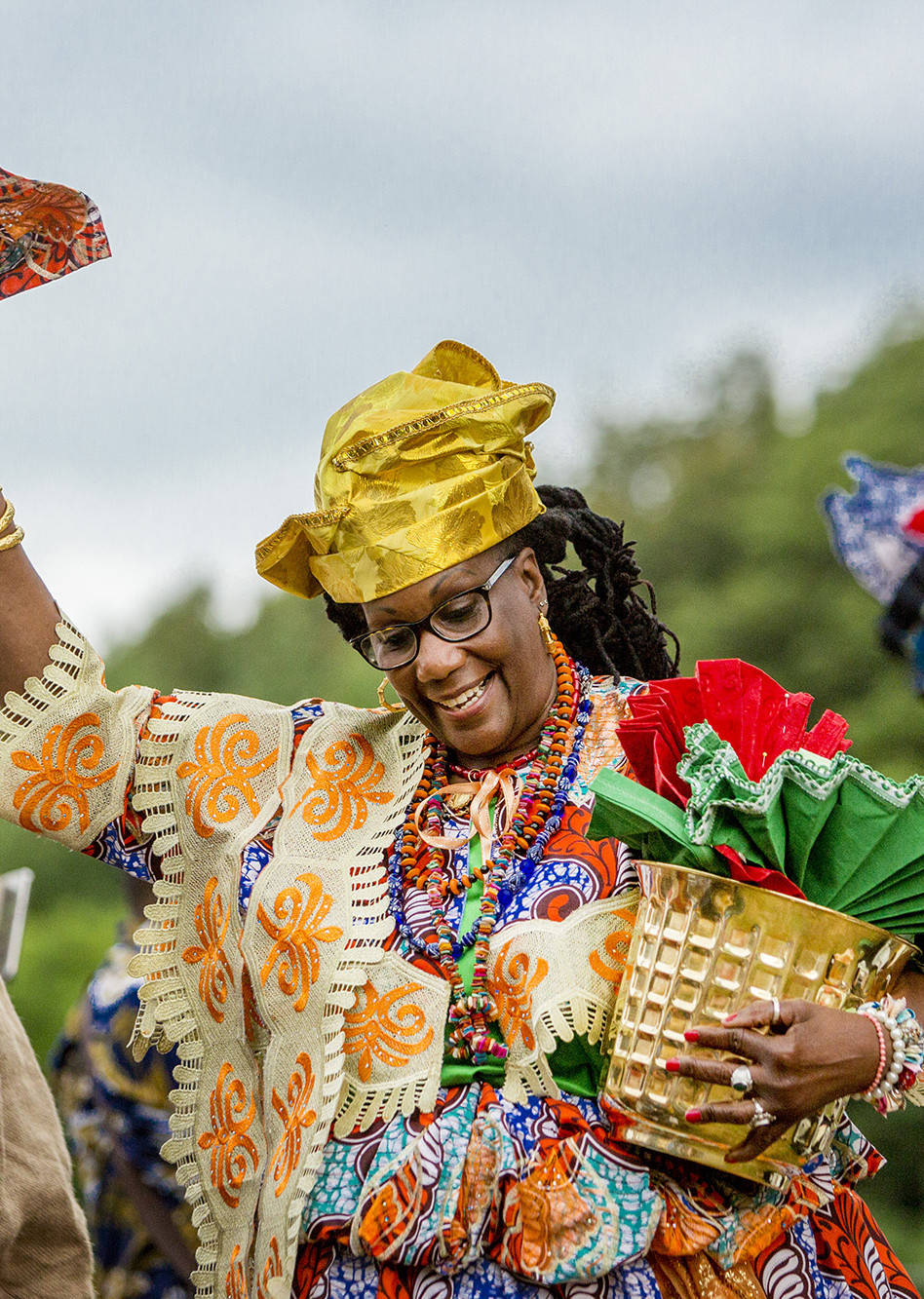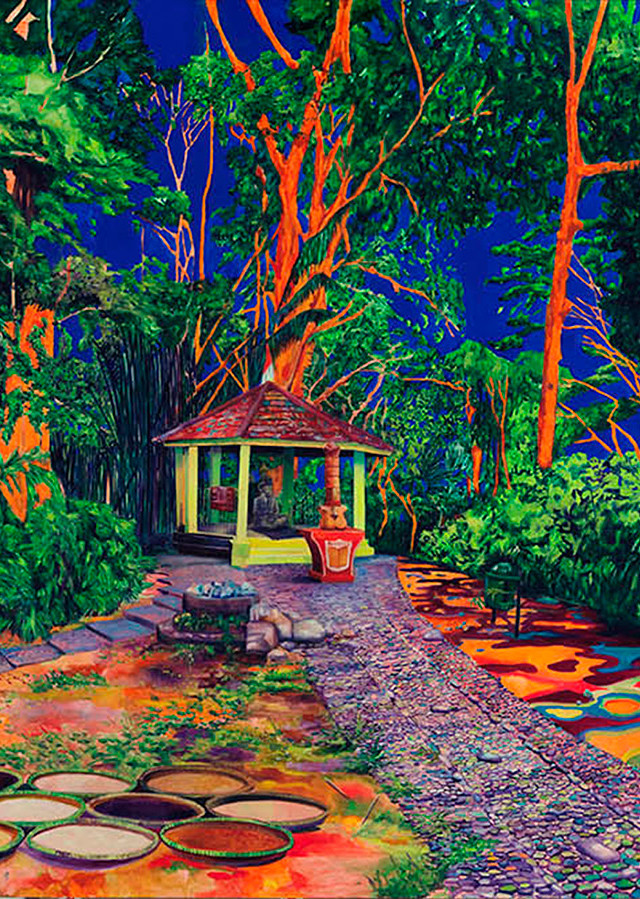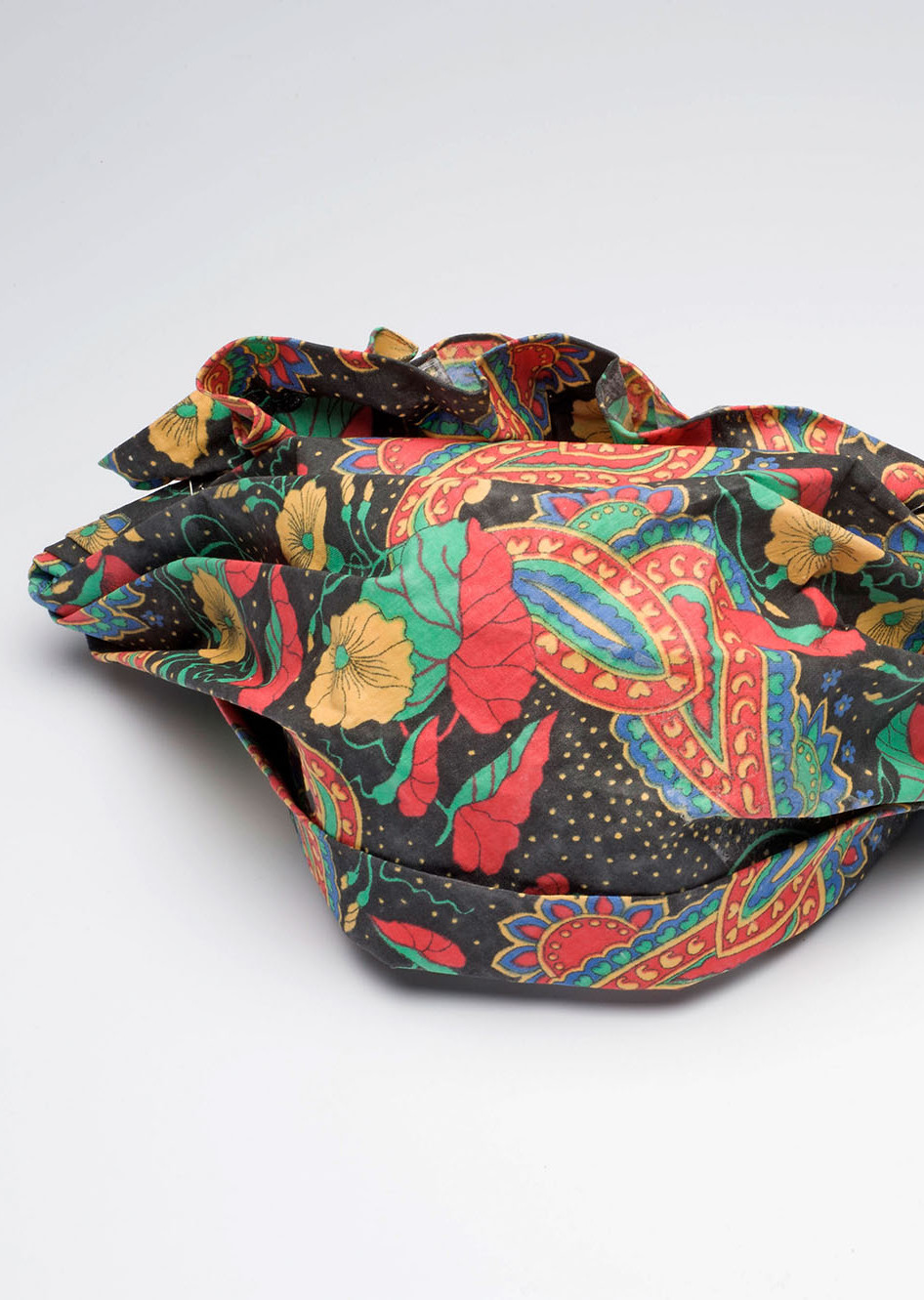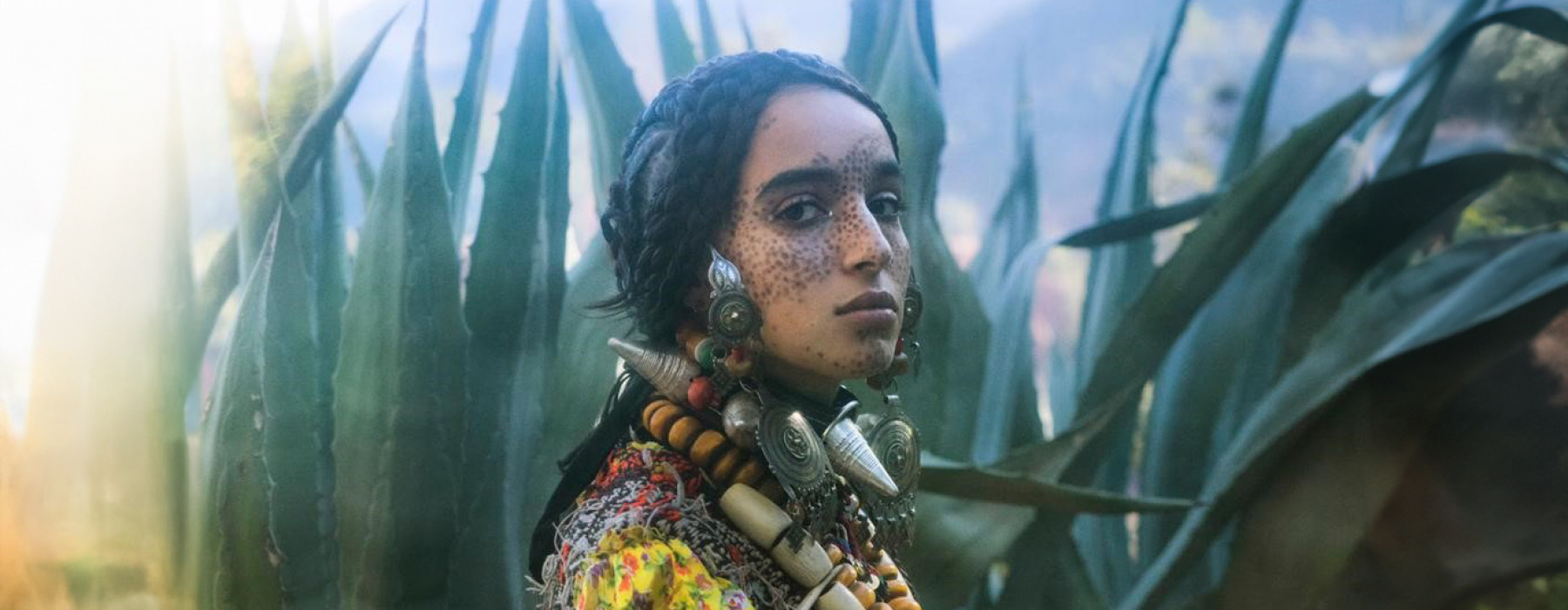
September is the month for magazines like Vogue (the Dutch version recently stopped publication), Elle and other well-known titles. Extra thick issues with full-page pictures: the new fashion season has begun! But it’s not only European and American magazines and catwalks that are showing their readers and visitors what the fashion scene will look like in the autumn. Vogue Arabia, Vogue México and Elle China are too.
Western magazines for young people, such as Dazed and Confused and I-D-Vice, show shoots from all over the world and some of these titles also appear in countries like Nigeria. Likewise The Native Magazine, the ultra-hip Nigerian mag, is now available in London, Paris and New York, and many other fashion cities.
